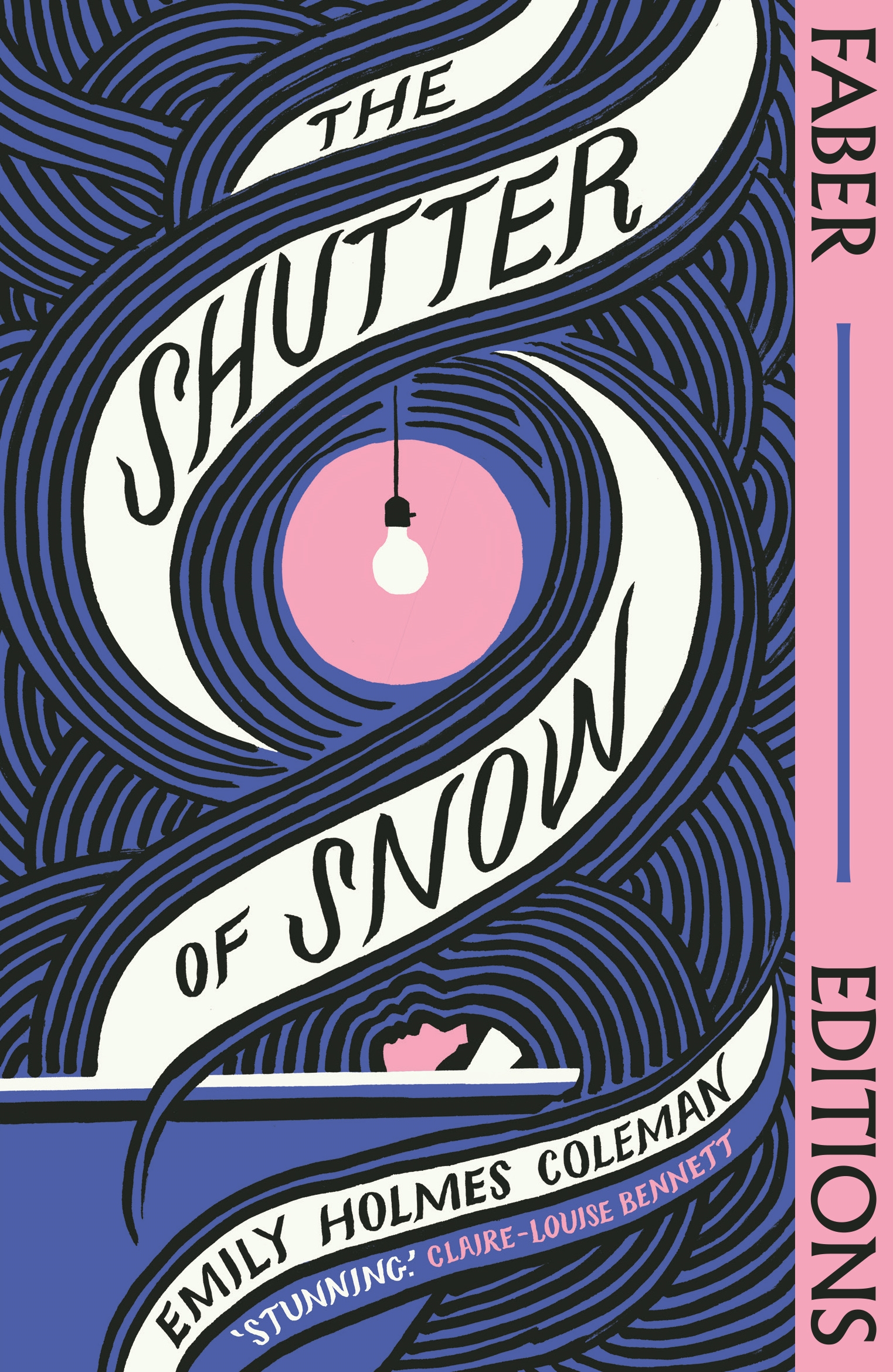What do you think?
Rate this book


168 pages, Kindle Edition
First published January 1, 1930
God damn this world she prayed. God damn the people in it, the priests in red lace boxes and the lunatics in white wound sheets. God dam that piece of the sun that first swung away in lonely gas and trembled to cool itself to make a star. There is not a well of green stunk seaweed that does not bury its curse of sunlight and there are days of revelry in the bead-dripping basements of churches when rats run maudlin through chilled platters of song and the one-eyed draughtsmen mark grave arrows. God damn everything that cannot be made up into cheeses for Sunday lunches.
Now she knew she must be well, she wanted to be alone.Acquiring this was quite the bit of luck, as I was at a sale that I've only been to twice in the last few years that, apparently, had been recently donated to by someone who was a regular subscriber to Virago Modern Classics. In terms of the work itself, it took me a bit to center myself in the narrative, but I suppose being disoriented by a novel centered around the experience of mental illness is par on course. Beyond that, the organization was rather conventional, chronologically speaking, and the number of characters wasn't too unwieldy, especially when the main character's trajectory from the more dehumanizing sections of the institution to another cut the regularly appearing cast down to size. The story itself was a series of snapshots of six hour baths, a baby that may or may not be dead, disregard of public nudity, trips to the cinema, and reflection on the self as Jesus Christ, plus a rather regular cycle of quick escalations into violence that don't always, judging by the narrative's trajectory, indicate a backsliding in the estimation of the institute's employees. Experimental text abounds, especially when it comes to disregarding punctuation, and the dynamic between main character and husband is rather more sexually charged, and in a positive, mutually affirming sense to boot (leastwise as was allowable by the husband's observation of the main character's compromised state of mind), than I'm used to in a story hailing from this period. So, definitely a unique work, and it's hopefully already spawned some interesting analysis in the literary realms of academia. However, Coleman's status definitely rides the coattails of some of her compatriots a tad hard when juxtaposing her current literary status and her accomplishments. So, with this, her one and final novel, under my belt, I'd say my time with her is through.
They came like fluttering phantoms out of dimly lighted corridors, and all at once she plunged with two hands into the keys and came swiftly from beneath her hands the portion of the dream she had been keeping. Gold and black and even, the full crescendo of the dream, up the keys and into the black beyond. She leaned her body to the keys and bent her head above them and from the wide spaces between her fingers burst forth yellow birds to the sun.
"They were proud, and deliciously ate their indifference."